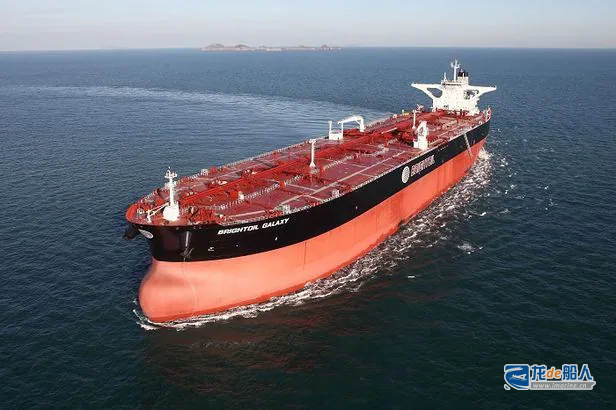Prices in the global tanker market have continued to rise as a result of a global shortage of environmentally compliant vessels and significant changes in crude oil transportation routes as a result of the intensification of the Russian-Ukrainian conflict. In addition, the “shadow fleet” of crude oil transport tankers from countries subject to economic sanctions, such as Russia and Iran, has become disconnected from the traditional tanker market, thereby reducing supply.

The price index for second-hand tankers, including crude oil carriers, has risen 16% from the beginning of last year to the highest level since 2008, said Clarkson, a British shipbuilding and shipping market analyzer, on Wednesday (March 20th). In the second-hand tanker market, the 300,000 dwt-class very large crude carriers (VLCCs) have seen the biggest rise. As of the 15th of this month, the selling price of a five-year old VLCC was US$113 million (RMB 816 million), up 8% from the end of last year and close to the price of a newbuilding.
Clarkson also pointed out that the volume of second-hand tanker transactions in January-February 2024 also hit a record high of 27 million deadweight tons, with a transaction value of $10 billion (about RMB 72.249 billion). In 2023, the trading volume of second-hand tankers was 131 million deadweight tons, with a transaction value of $51 billion (about RMB 368.470 billion).
With the soaring prices in the second-hand tanker market, the price of newbuildings is also “not willing to show weakness”. Clarkson data released earlier this month showed that the market price for VLCC newbuildings was $128 million as of the end of February.
However, the unit cost of VLCCs announced by HD Korea Shipbuilding & Offshore Engineering (HD KSOE), the intermediate holding company for HD Hyundai Group’s shipbuilding business, on March 12 has risen to US$130 million, and the unit cost of two VLCC orders announced on February 28 has reached US$129 million. In addition, the cost of a single VLCC newbuilding contract received by Hanwha Ocean this year is $128 million, which is the same as the current market price.
In February this year, the Norwegian shipowner Tor Olav Troim’s British company Magni Partners ordered two additional VLCCs from New Times Shipbuilding at a price of $117 million per unit, but it was necessary to pay an additional $19 million for the dual-fuel solution, and the total cost also reached $136 million. Qingdao Beihai Shipbuilding, a subsidiary of China State Shipbuilding Corporation (CSSC), contracted the ammonia-reserved VLCCs from Belgian tanker giant Euronav at $112.2 million each.
Notably, while market prices for younger and new VLCCs are at historically high levels, a new report from shipbroker Gibson reveals that market demand for older VLCCs has cooled dramatically in recent months, with “values for 20-year old VLCCs falling sharply.”
Gibson noted that the viable benchmark for older VLCCs remained at $34 million in January. However, the recent sale of two 2004-built scrubber-equipped VLCCs, the C. Vision and the Achelous, for example, at $32 million and $30 million respectively, confirms the trend of weakening prices for older VLCCs.
According to iMarine Order Bank statistics, 25+10 VLCC newbuilding orders have been announced globally so far this year. The series of orders are all taken by Chinese, South Korean and Japanese shipyards, with the number of 16+6, 8+4 and 1 units respectively. Chinese shipbuilders are leading the VLCC newbuilding market with their rich construction experience and technical capabilities.


